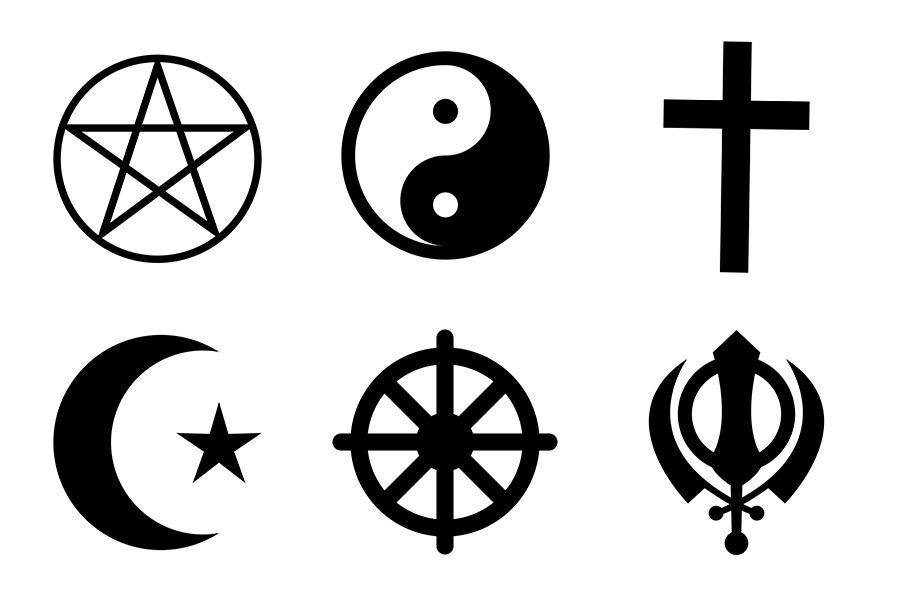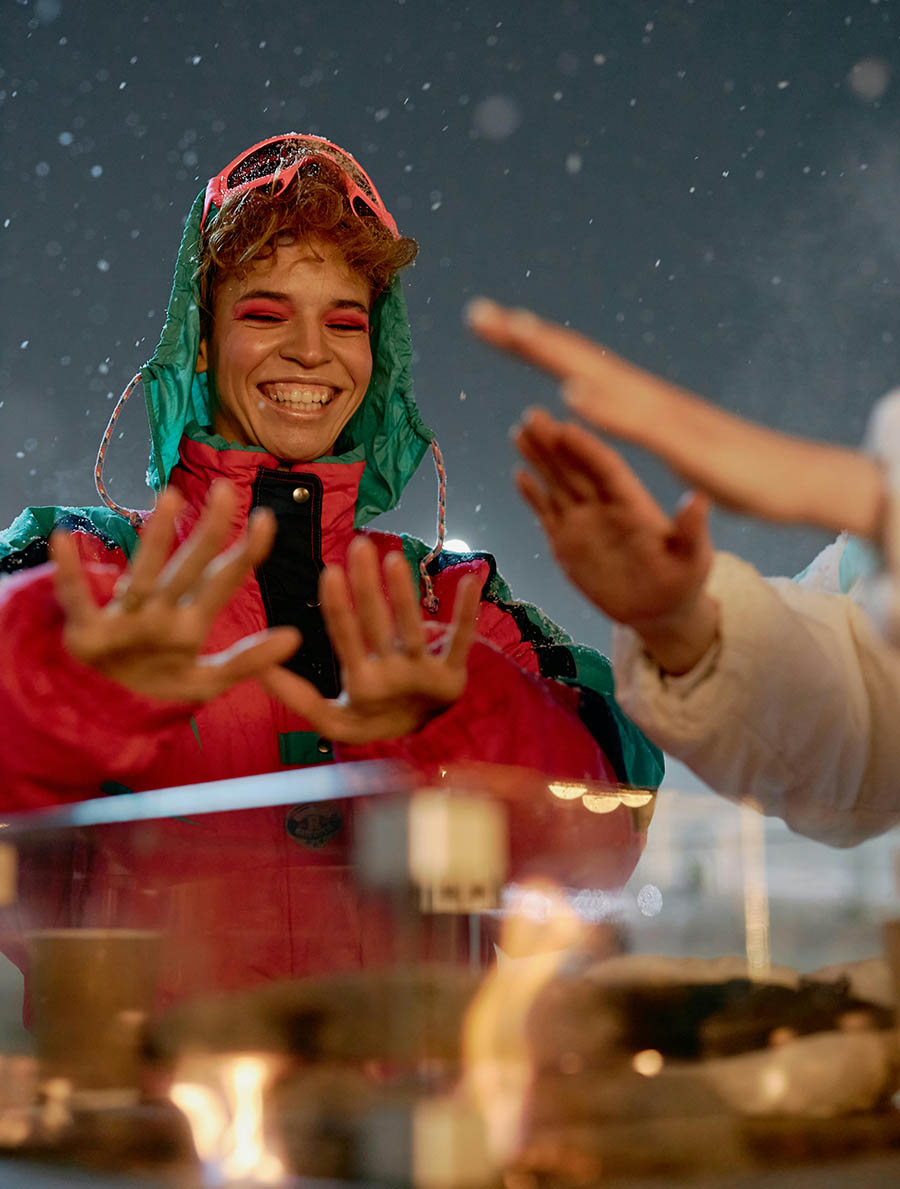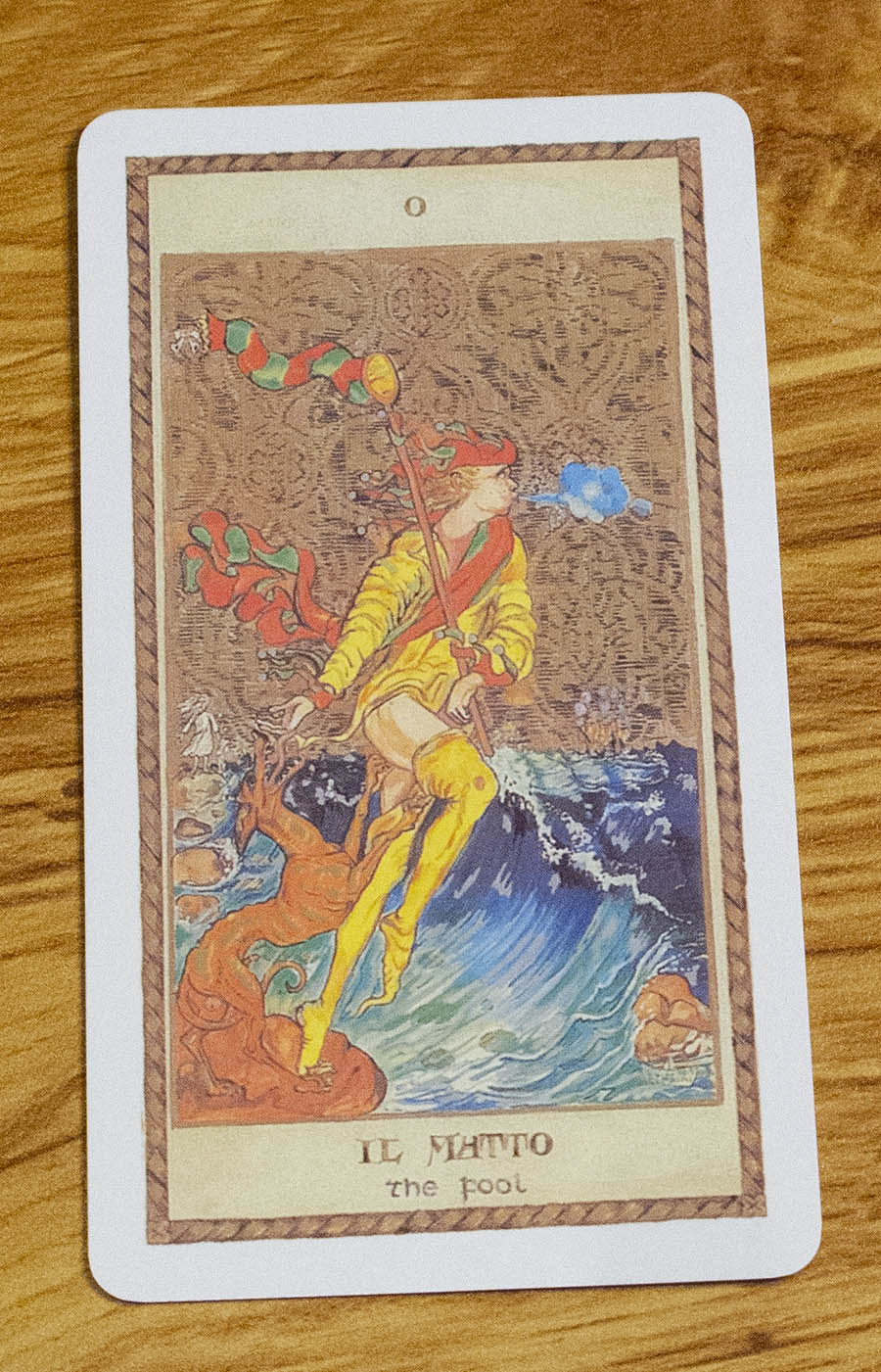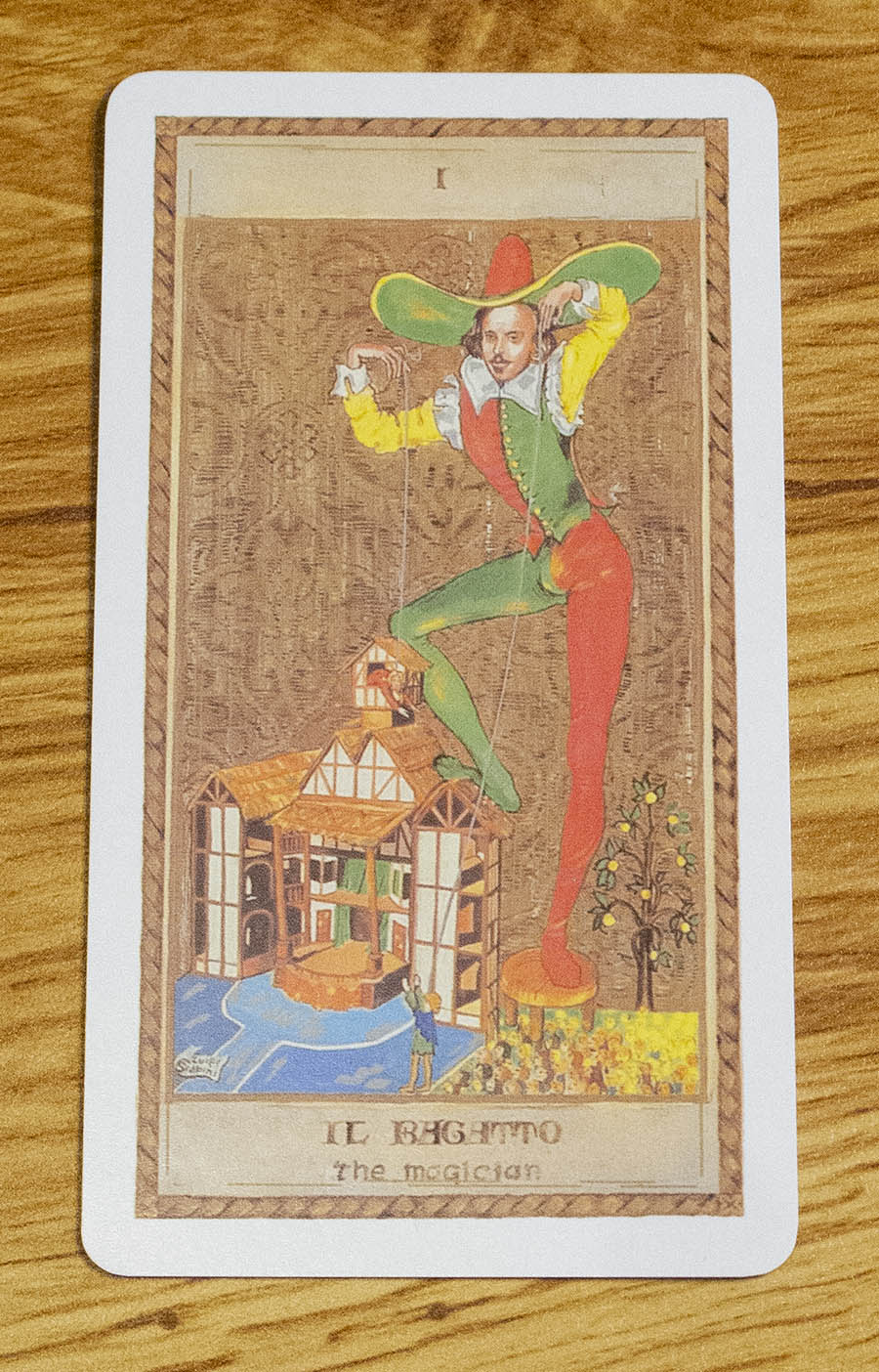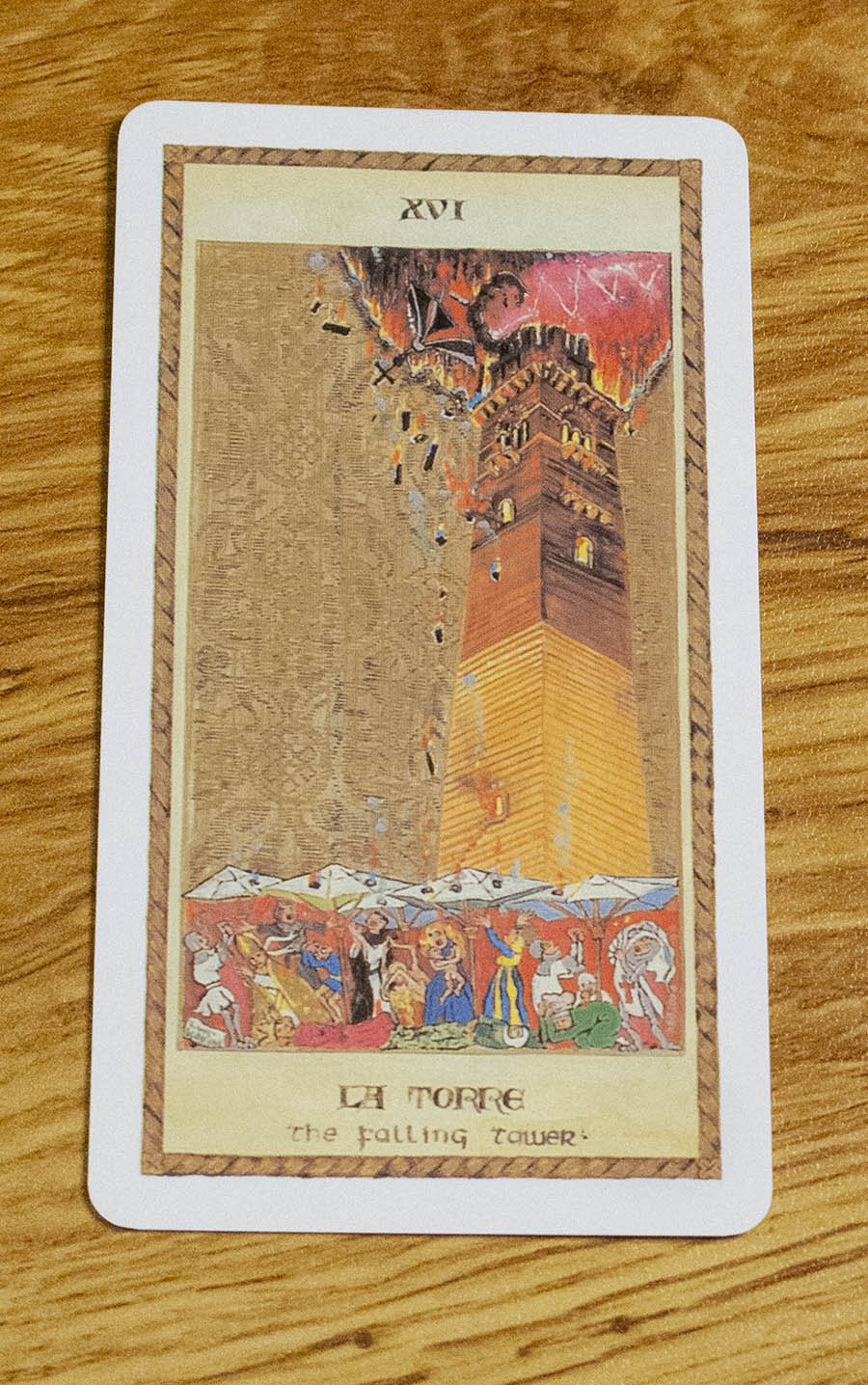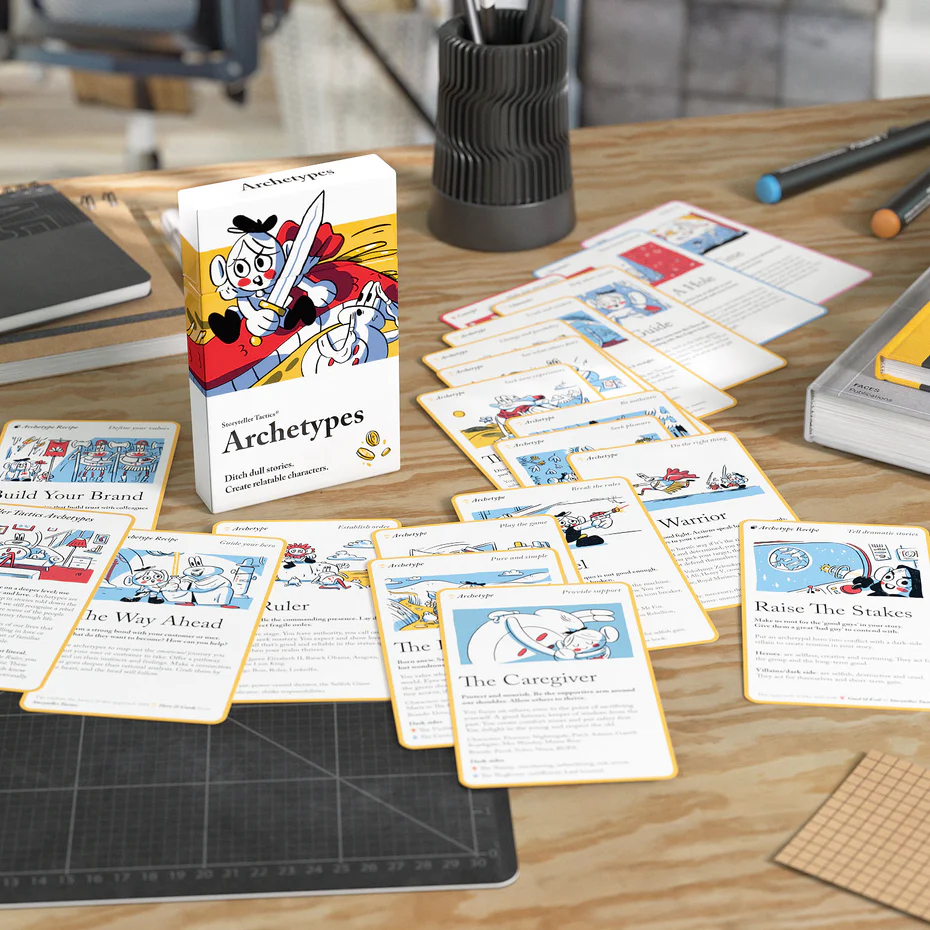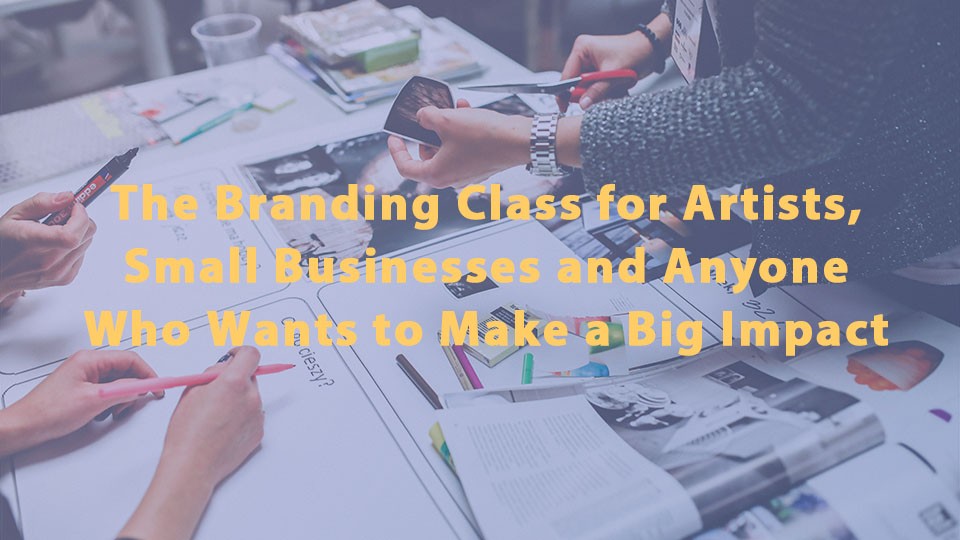Archetypes for Brand Strategy
How did archetypes become a part of brand building?
As Brand Strategy developed as a distinct business practice in the US it took on a variety of stages. This isn’t going to be an academic examination of the progress, but more of a practitioner’s view as various brand practices became a part of my own process.
The way I look at it, brand strategy emerged out of consumer behavior research within the “marketing strategy” for business development. Marketers became aware that consumers often hold illogical ideas about some companies and products, and that consumers are often unwilling to try a competitor, attaching themselves to their favorite, even when the competitive product presents clear functional improvements.
At first, companies and marketers looked for bold marks – iconic logos that could stand out in the night on a billboard that would signal the brand’s position and draw in customers. But some iconic logos brought people in and others didn’t. Some great graphics were undermined by confusing product lines, inconsistent quality, and negative word-of-mouth reviews.
Even when a company had a strong logo mark and solid products, researchers also recognized that the process of adoption was idiosyncratic, especially as brands and product lines proliferated in the 1970s and 80s. Seeing something didn’t necessarily mean the person RECOGNIZED what they were looking at. The person often could not RECALL the product, service, or the logo associated with the product or service they had experienced. Recall, itself, didn’t mean the person actually had formed any ATTITUDES or BELIEFS about the product or service, and ADOPTION, much less TRIAL of the alternative could still be light years away, even if awareness and recall were there and the person had generally positive attitudes and beliefs about the offer.
Branding started to take on religious language – what does the “conversion” process look like from following their brand to following ours? What are the tenets that establish “belief” in our brand? What are the “stories” (i.e. parables) that “followers” share that reinforce belief?
Brands began to hire “brand evangelists,” people who embodied the essence of the brand to represent it in public events and the community.
Branding started to work its way backward in time as it progressed into the 90’s. Marketers realized that choices didn’t always match income – for example, there’s a gap in the income of Rolex wearers – some are middle-income individuals making a “stretch” luxury purchase while others are well established in upper-income brackets. There are fewer in between.
Skiing, once a resort activity of the elite began to see a similar split as snowboarding emerged, bringing young skateboarders with an “anything or bust” mentality. These new audiences on the slopes would sleep in their car to afford a lift ticket. And they didn’t just stick to one winter sport. They changed the industry.
These income gaps brought forth the concept of the “tribe.” People who are like-minded and committed to a lifestyle regardless of income, class, or pedigree.
Market researchers wanted to understand the “why” behind the way tribes or communities of activity form, share attitudes, beliefs, and behaviors, and often “consume” the communal activities as “experiences” more than products or services.
To understand, researchers had to dig into drives that emerge from psychological states and inner rather than external needs and wants. All along this journey psychological theory was an important co-star in the research process. In the marketing research of the 1950s and 60s, it was behavioral psychology, the “black box” theory, and Pavlovian drives. In the branding theories of the late 90s through mid 2000s it became more about Jungian psychology, particularly archetypal analysis, which came out of his work on what he called the “collective unconscious.”
Jungian Archetypes Meet Brand Strategy
In archetypal theory, there are a variety of archetypal ideals, each that have a shadow side. The noble ruler can be the tyrant. The Lover can become jealous and controlling. The warrior who fights for good can commit genocide, slaughtering far beyond the resolution of a good and just battle.
Jung included 12 archetypes, each of which is referenced in this deck. Some archetype names are shifted to adjust them from the purely psychological toward the meanings storytellers need to create. For example, the “everyman” in Jungian psychology is renamed “the companion” in the Archetypes Pip Deck. That shifts the character from an attitude or mindset to a behavior – from “believing” all are created equal to engaging on equal footing with others and seeking communities of connection where they and others can belong

There are other archetype models out there that modify some of the core archetypes in other ways. Brand Asset Valuator adjusted the “caregiver” into the “matriarch,” the “explorer” into the “troubadour,” and the “artist” into the “actress.” These archetypes are more like some of the characters in the major arcana of the Tarot, and, I might suggest, these are sub archetypes created by blending characteristics of the original twelve. Some are earthy, some esoteric, some driven, and others thoughtful. Internal, external, earth, spirit.
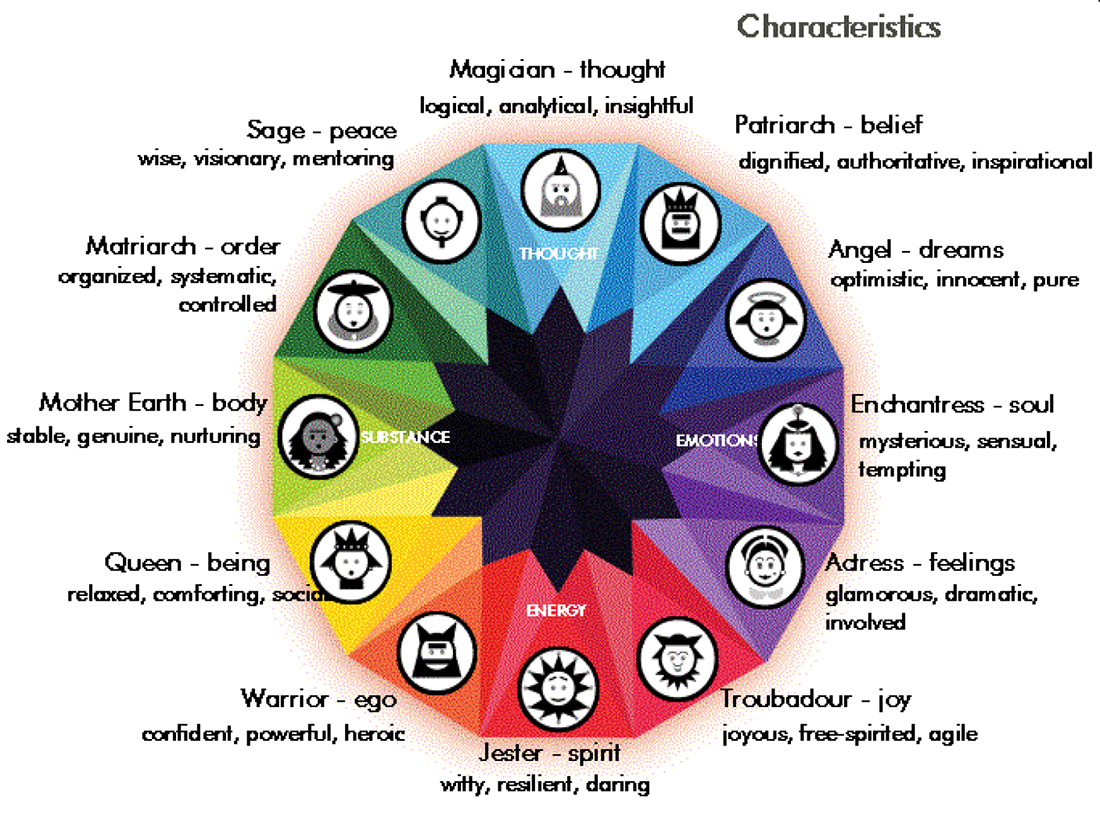
For a long time, I used a tarot deck to do archetypes work. The major arcana represents a cyclical narrative wherein the fool archetype goes out into the world and takes a lot of risks. The fool doesn’t have a lot of knowledge and he’s doing things foolishly that he doesn’t even understand. The fool meets the Popess or high priestess, sees the tower fall, and faces fate in the Wheel of Fortune. Each of these cards is an archetype in and of itself. Think of brands like the lottery, a competition-driven reality TV show, and even the game show, “The Wheel of Fortune.” Preppers draw on the falling tower as an icon for why they must be always ready, as another example.

We can see the story of the Tarot major arcana as the fool’s journey from innocence and exploration gaining experience as the character meets other characters along the way – a journey of self-discovery. Alternatively, the fool can, change, becoming each archetype for a period of time, like trying on new clothes to get an experience of what it’s like to be that character.
So, when we look at the fool and the magician cards together, the magician creates the theater and the fool is wowed by the magic of theatricality, completely suspending his disbelief, but at some point, the fool has to recognize the power of the magician is made up of the tools used, like the theater.
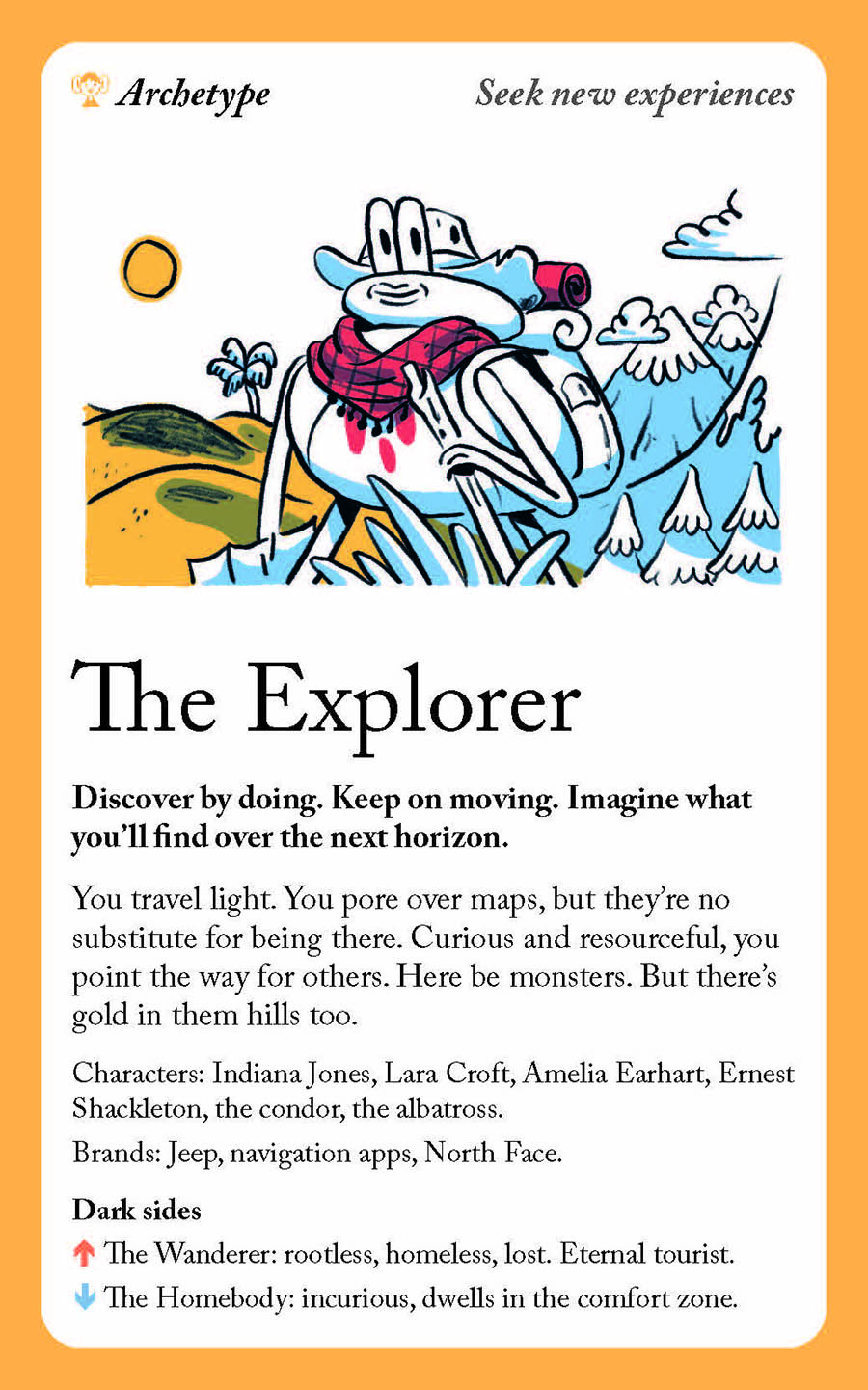
The fool can become the magician. How many times has a jester character – a pied piper arisen to get everyone to follow them without really knowing what they are doing? The fool, with that archetype’s easy affinity, openness, and willingness to try anything, dangerous or not, can often lead those who follow convention simply because it’s what they’ve always done. So the magician can either be a master of their technique for the purpose of entertainment, education, shaping thought, influencing, or a fool attempting to woo others with flashy technique. The magician could also be menacing and manipulative.
So no matter what system you are using, the archetypes can combine with other archetypes. They can also express a shadow side that is much worse than the face presentation they make to the world.
So, any archetype system can be a “circle of life” story with one archetype going around to meet the others to good and ill effect. A character can also have some archetypes that are predominant and others that are more subconscious.
Take the Wheel of Fortune tarot card. It can represent taking a chance, making a go at a wild-hair idea. It can also become a scenario where “the house always wins.” A “Wheel of Fortune” brand could be like a competitive reality TV game show like Survivor, or like the lottery. It could be a dating service with speed dating rounds and social events. Any of these can be positioned as giving people a chance by opening them up to the spin of the wheel.
And “Wheel of Fortune” combines qualities of the Magician with an inanimate force like fate or the universe. So, that archetype could be more like a character that leads the players through, throws the dice, spins the wheel. On the other hand, it could be more of an essence rather than a personification embodied by a particular character.
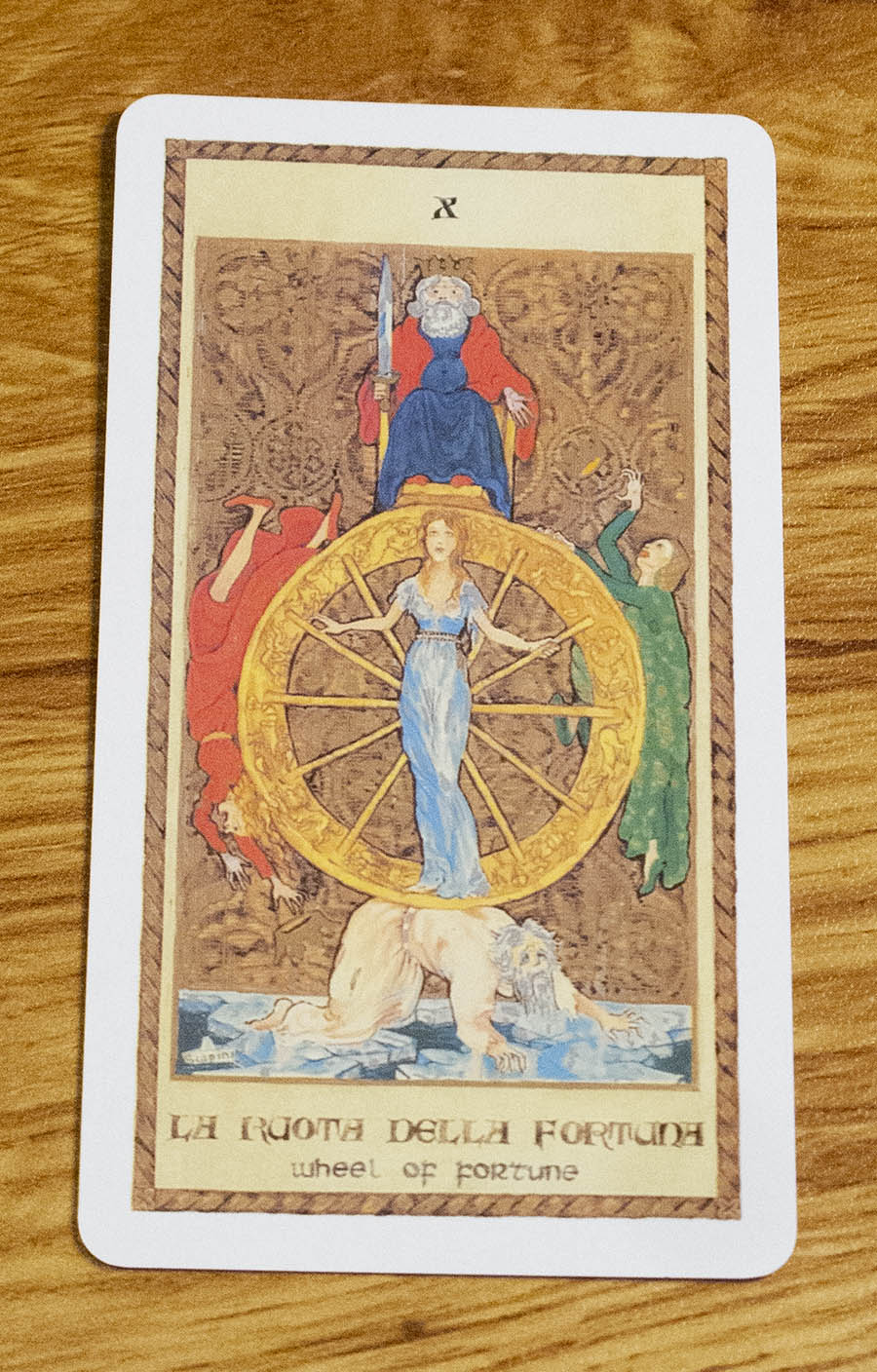
The nice thing about the storyteller tactics archetypes deck is it uses twelve archetype characters based on the Jungian system, shows opportunities to combine and expand your pantheon of characters far beyond the core set. The deck also includes core story arc and branding processes to put your characters into action and to establish the archetypal roots of your business.
Because they are organized as a deck of cards, like the tarot, it maintains the qualities of play, discovery and the delight and surprise that comes with discovery.
No matter what direction you go with incorporating archetypes into your branding work, the goal is to connect your brand with categories your audience already has in their mind when they imagine a story. By fulfilling an archetype with unique and real traits simply makes your brand story that much more compelling.
Want to learn more about brand development?
In addition, increase your ability to create brand platforms and brand communications frameworks by taking my class: Brand Building to Create a Big Impact.
Stay Connected with Murdock Media Production!
If you like this content, subscribe to our YouTube channel for more on story archetypes, brand storytelling, and brand development.
And drop me a line with the form below to let me know how your brand building is going. I look forward to seeing how you discover your brand and go with your audience on your own unique journey.


